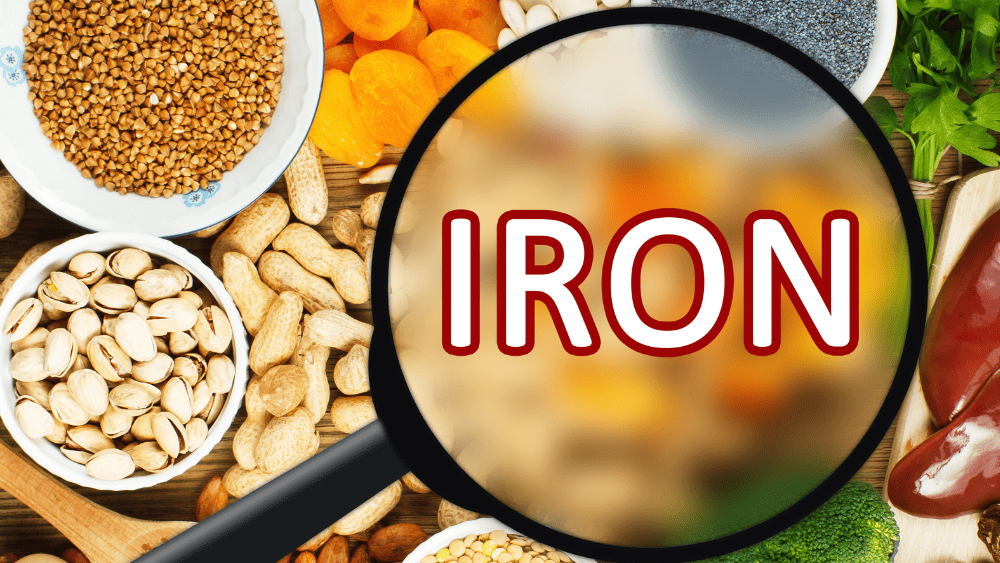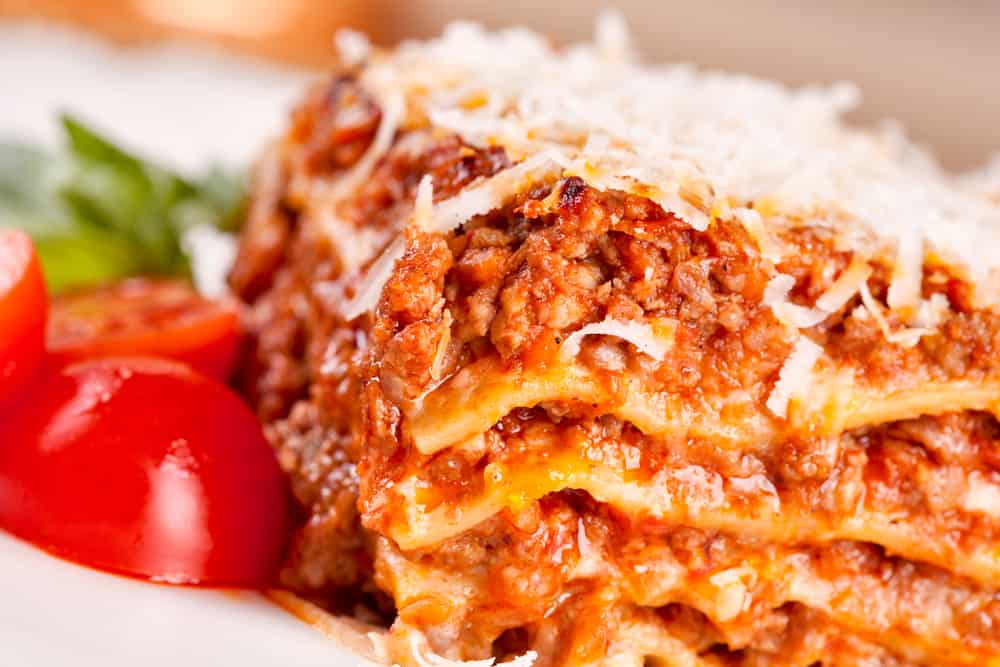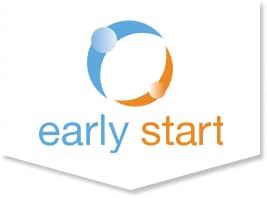Iron is an important mineral as it supports our growth and development, and it plays a vital role in producing healthy red blood cells. These are essential in transferring oxygen around the body.
Iron also plays an important role in several other bodily functions including muscle function, supporting the immune system and in enzyme reactions.
The body cannot make iron meaning it needs to come from food sources in the diet.
A lack of iron could result in iron deficiency anaemia which can affect both mental and physical performance.

Which foods are the highest in iron?
The majority of people will be able to get enough iron through diet alone.
Good sources of iron include:
- Red meat such as beef, lamb, and pork
- Liver*, kidney and oxtail
- Chicken, turkey and duck- particularly the darker bits of meat around the wing and thigh of chicken and turkey.

- Fish and seafood, especially oily fish** (salmon, sardines, pilchards, mackerel, kippers, herring, anchovies and fresh tuna)
- Pulses
- Tofu
- Quinoa
- Eggs
- Nuts***
- Dried fruit (Figs, Apricots, Dates)
- Whole grains
- Fortified breakfast cereals
- Soya bean flour
- Most dark green leafy vegetables (watercress, curly kale and broccoli).

* Although liver is a good source of iron, women should avoid eating it during pregnancy. This is because it is also rich in vitamin A (opens in new tab) which, in large amounts, can harm your unborn baby.
**No more than two portions of oily fish a week if pregnant, breastfeeding or woman of child bearing age.
*** Children under 5 should not be given whole or broken nuts due to the risk of choking.
Recommendations
- Individuals who eat meat and fish should aim to include two to three portions of iron rich foods in their diet each day
- Vegetarians or vegan individuals should aim for three servings a day. You can find more information in your blog ‘Is a vegan diet suitable for children?'(opens in new tab).
Foods from animal sources (haem) are the most easily absorbed sources of iron, whilst non-animal (non-haem) sources/plant foods are less easily absorbed by the body. This is why people relying on non-animal sources of iron need to eat more iron rich foods. However, it is important to include a variety of both of these in our diet.

Who might be at risk of iron deficiency?
- Pregnant women need enough iron for themselves and their growing baby. This is particularly true towards the end of the pregnancy when the baby is growing rapidly
- Infants under five years are at risk of iron deficiency as it is a time of rapid growth and some children may consume inadequate amounts of dietary iron
- Girls aged 11 – 18 years & women aged 19 – 64 years are more at risk of iron deficiency due to their monthly menstrual cycle
- Adults aged 65 years and over as they may be taking medication that can reduce their of appetite for food
- Vegetarians and vegans have an increased risk of iron deficiency anaemia, due to the lack of meat in their diet. However, it is possible to gain enough iron in a vegetarian or vegan diet through the non-animal sources of iron.
It’s best for individuals/ families to speak to a health professional for more information and advice on iron.
Top tips for increasing iron absorption
- Eat a healthy balanced diet, including plenty of iron rich foods
- Avoid skipping meals or going for long periods of time without eating. Eat regular meals (breakfast, lunch and dinner) and snacks (2-3 healthy snacks)
- Vitamin C can help to increase iron absorption in the body. Vitamin C is found in a range of fruits and vegetables, such as oranges, pineapple, cranberries, broccoli, peppers, watercress and tomatoes
- Eat at least 5 portions of fruit and vegetables every day
- Try to include fruits and vegetables as part of all meals and snacks
- Avoid over-cooking fruit and vegetables as this can reduce their iron content
- Add fresh or dried fruit to breakfast cereal
- Include a small glass of pure 100% fruit juice alongside breakfast, lunch or dinner (max 150mls per day). Dilute fruit juice for children 1:10 with water
- Have a small bowl of salad vegetables alongside lunch.

Iron rich meal ideas:
- Spaghetti Bolognese (made with beef or soya mince)
- Steak and kidney pie with potatoes and vegetables
- Chickpea and potato curry with rice/chapatti
- Bean and vegetables casserole
- Turkey/ tofu vegetable stir fry
- Lasagne (made with minced beef or soya mince) with salad
- Chilli con carne (made with minced beef or soya mince and beans) with rice.

